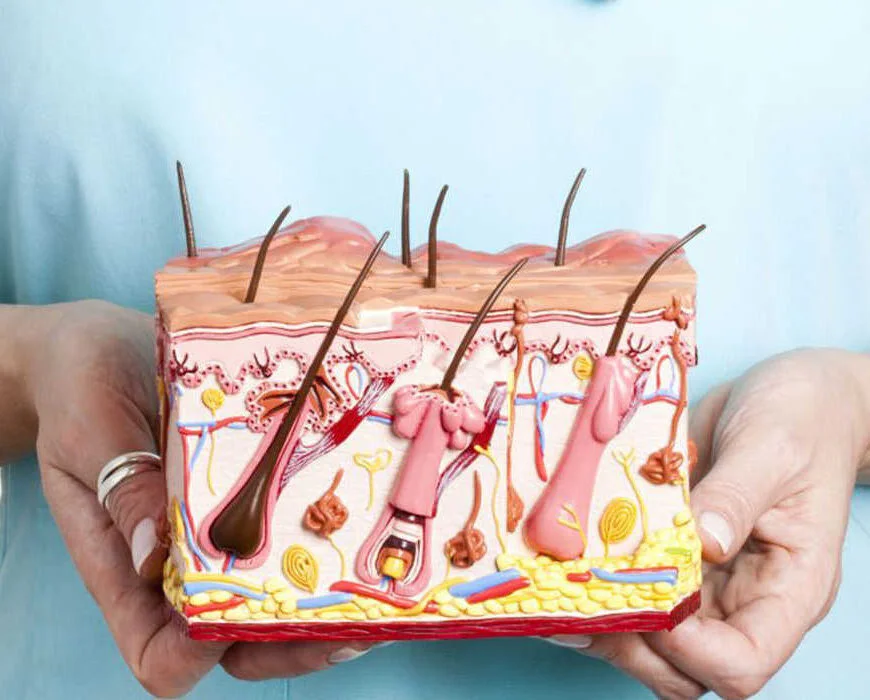What is a Sympathetic Block:
The sympathetic system is the part of the nervous system that deals with the “fight or flight” responses. It is the part of the nervous system that will cause your heart rate to suddenly increase, your breathing to become faster, and your palms to become sweaty when you are suddenly startled or put in an uncomfortable position. Research has shown many chronic pain conditions become sympathetically mediated. This means the sympathetic nerves becomes overactive leading to increased pain signals to areas like the arms, legs, and face. This over-reaction can exaggerate painful stimuli, or even elicit pain signals when there is no actual cause of pain. A sympathetic block targets the main network of the sympathetic system turning off these nerves temporarily thereby eliminating or reducing their exaggerated response. This can reduce or even eliminate pain that is sympathetically mediated.
Candidates for Sympathetic Blocks
- Peripheral Neuropathy (e.g. diabetic neuropathy)
- Complex Regional Pain Syndrome
- Shingles
- Vascular Pain
- Phantom Limb Pain
- Cancer Pain


How is a Sympathetic Block done and What to Expect:
- Detailed history and physical exam are done, along with review of any diagnostic information to confirm you have sympathetically mediated pain.
- Once confirmed, the block can be scheduled in an outpatient clinic or surgery center, and you can expect to go home the same day as it is a relatively short and easy procedure.
- Preparation: You will lie down on a table and the area will be cleaned. You may be given a mild sedative.
- Local Anesthetic: The doctor will numb the skin tissue where the needle will be inserted.
- Guidance: An X-ray or Ultrasound will be used to direct a needle near the sympathetic nerves.
- Injection: The doctor injects a combination of local anesthetics and sometimes a small amount of steroids
- Observation: You will be monitored for a short time to ensure you are ok to go home.
- Pain relief: some people may experience immediate pain relief, although it is more common to feel relief gradually over a few days to a few weeks. The pain relief can vary depending on your condition from a few weeks to even years.
